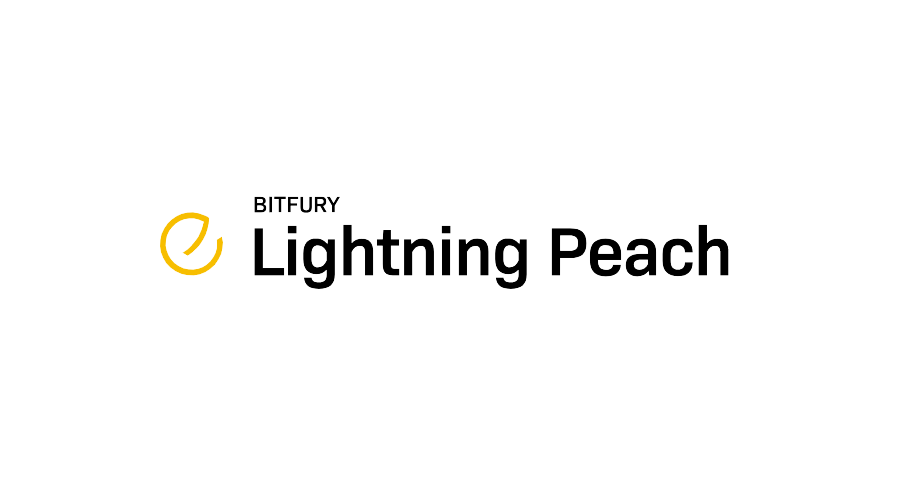Bitfury, the full-service blockchain technology company, today rolled out important updates to its Bitcoin Lightning Network enabled Peach Wallet. The engineering team focused on improving the standard usability of the wallet and enabling users to experiment with unique features. The team has also open-sourced the wallet for all mobile and desktop platforms.
Extended and Standard Mode (Update 1)
The desktop and mobile wallet both now offer an “extended” and “standard” mode, which users will see upon opening the wallet application for the first time.
First, the entire wallet application is non-custodial (meaning the wallet never takes ownership of user’s bitcoin or their financial information). Instead, the Peach Wallet simply offers users an interface to use and manage their own Lightning node. If using the wallet in “Standard” mode, all actions performed in the application are seen only by the user and the Lightning node which has been set up. Bitfury cannot view any of this information. In this mode, users have access to standard Lightning Network capabilities (such as paying an invoice with a Lightning payment).
But the Peach wallet team wanted to expand the wallet to offer features beyond what is available on the market today… In the “Extended” mode of the wallet, now, three features are included that are not yet standard in the Lightning Network protocol: Payments without a user-generated Lightning invoice, streaming/recurring payments, and contact lists.
Right now, these features can only be used between Peach users, but the team expects to make them standard across the community. Yet, until they are, these actions must be routed through the Peach server to connect directly to other users. To process these requests, Bitfury must handle a user wallet’s IP address and the public key. Other information, like payment amount or payment messages, is end-to-end encrypted for privacy and security — no third party, including Bitfury, can ever access it.
Simplified Mobile Setup (Update 2)
The desktop wallet application has a built-in lightning node (lnd) that is launched in the initial setup. This lowers the technical barrier to entry for new Lightning Network users. They do not need to set up their own node separately to begin sending Lightning Network payments. However, users who wanted to use the mobile application were required to set up their own node separately. This was because it is not yet possible to run a full node on mobile-only, so Peach wallet could not build it into the application. The team received feedback that this requirement was a bit complicated for the new user, so the process has been updated. Now, users can use a QR code to link their Peach mobile wallet directly to their Peach desktop wallet/node.
Opt-In for Product Improvements (Update 3)
Many consumer software applications, including the Peach wallet, rely on anonymized statistics (collected through services like Google Analytics or Firebase) to understand and adapt to user behavior. When users run the Peach wallet for the first time, they will see an optional checkbox that, if selected, allows for the collection of anonymized statistics about the use of the application to help the engineering team improve the wallet. This option is disabled by default for user security and privacy. If users do select the checkbox, they will only enable Bitfury to collect anonymous app analytics. The data collection does not collect or process any personal data about user activities in the application.
